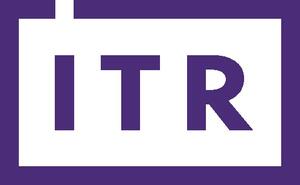Viva la ViDA? Will the EU’s new grand plan for VAT be as revolutionary as we’re told?

Efficiently manage end-to-end VAT processes
Improve VAT determination and compliance to reduce audit risk and streamline tax department processes. Learn about a cloud-based VAT compliance solution.
EXPLORE SOLUTIONS
